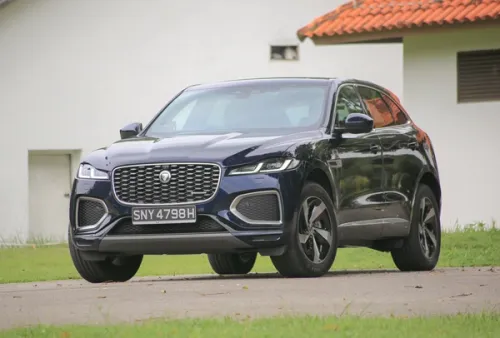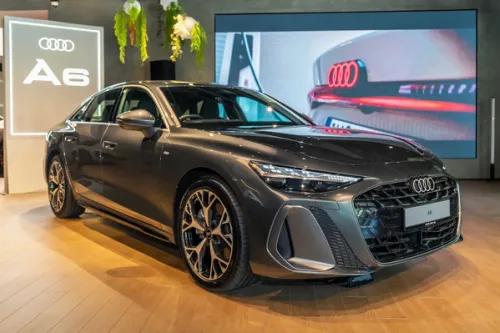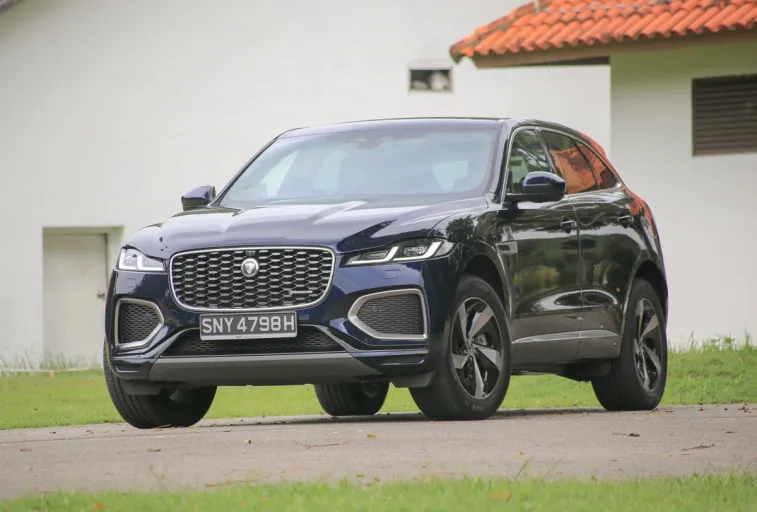5 Things Your Driving Instructor Did Not Teach You
This one goes out to all newbie drivers. For those that are eagerly awaiting to take the traffic police practical test and get out there to terrorise other road users with your triangle, you should know that life on the roads without your nagging instructor can be quite different to what you’ve been used to.

For those that are eagerly awaiting to take the traffic police practical test and get out there to terrorise other road users with your triangle, you should know that life on the roads without your nagging instructor can be quite different to what you’ve been used to.
And to those that have passed and are beginning to get a taste of the real world, commiserations.
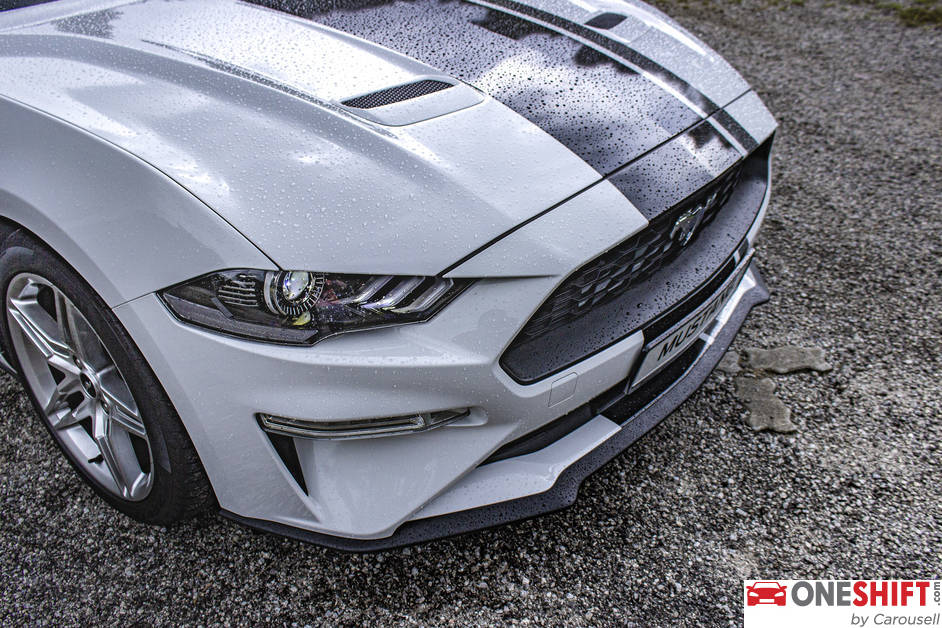
In law-abiding (well, generally speaking) Singapore, we’re taught how to drive with meticulous care and emphasis placed on safety and following the rules.
This is a good thing.
But there are some finer details and techniques that are not taught to newer drivers, so we thought we’d let you in on some of them.
No one, I repeat, absolutely no one, turns their head to check their blind spot in the real world.
Okay I generalise a little here, but seriously, it’s not a thing.

What experienced drivers typically do, is have more situational awareness, monitor the other lanes more consistently and check their side mirror multiple times as they change lanes.
And throughout the manoeuvre, expect to see another car or motorcycle in the blind spot and take quick action to allow for a safe lane change.
This is achieved either by slowing down the lane change to allow the other vehicle to slow down or speed up and clear the blind spot, or simply accelerating away to get ahead and then move into the lane.
While we’re not advocating for you not to check your blind spot by turning your head, doing so could result in a forward collision, especially at high speeds on expressways where things happen in a fraction of second.
One of the first few things that scare new drivers is just how small the lane appears to be from the drivers’ seat.
Well it isn’t what it appears to be.
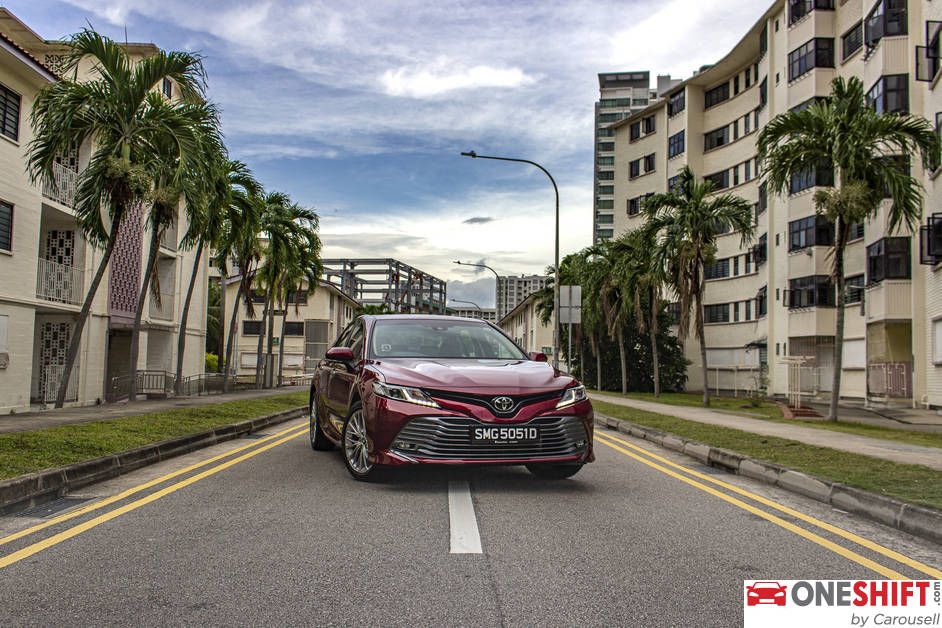
Most of the public roads are built to accommodate all kinds of vehicles, including large commercial ones, which easily out-width the average family car.
What this means is that you actually have some variable space to play with on the roads.
While you should always keep your car centred in the lane, the space is especially useful in certain scenarios.
For example, 1.5 metres is a thing.
If you don’t know what thing, it refers to a campaign by road cyclists to try to get drivers to leave 1.5m of space when overtaking them.
Now this is not always possible, especially during peak hour traffic.
So while you don’t want to hit the cyclist, you also may not have the luxury of 1.5m to avoid him.
What you do then, is to keep as close to the right side of the lane as possible, and if the cyclist keeps to the double yellow lines, this should typically allow you to pass him with no issue.
Of course the space varies from road to road, but just be aware that you can actually keep in your lane while giving room for other things like cyclists and even potholes.
As Singa the Lion would say, be courteous on the road and signal your intention early.
Well Singa, that doesn’t really work does it?
More often than not due to our impatient culture, if you signal your intention to change lanes, the affected driver would most likely speed up to cut you off.
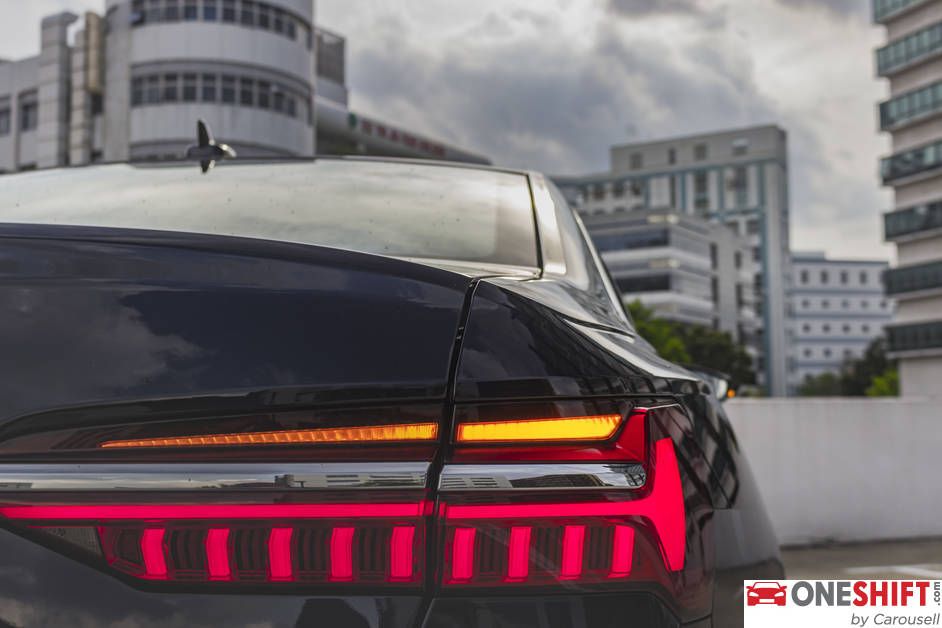
This is going to keep happening until finally someone is far enough behind that you can actually change lanes.
It’s an unfortunate culture, and also a big sweeping statement, but it happens a lot.
It must be said that there are considerate and friendly drivers out there; but don’t count on it.
What you should instead do is this – once you’ve made sure that its safe to initiate a lane change, signal quickly and begin your manoeuvre quickly.
Remember not to slow down unnecessarily – to do this, initiate the change early on, so you’re not forced to brake when you’re close to say a slip road exit.
Braking hard and immediately after cutting someone off is bound to annoy whoever you’ve just cut off, which is typically the main reason people don’t like to give way.
A rule of thumb is to always ensure that whatever you do on the road, other road users are still able to continue at their pace without having to make concessions for you, such as slowing down or being forced out of their lane.
This keeps everyone happy.
I can’t stress this enough.
While we’re taught to keep both hands on the wheel at all times, and yes you should, you can take it off for a brief few seconds to say thanks.
Since we’ve just covered the topic of cutting people off, it’s always nice to be on the receiving end of a “thank you” gesture when you’ve just made way for someone else to get in front of you.
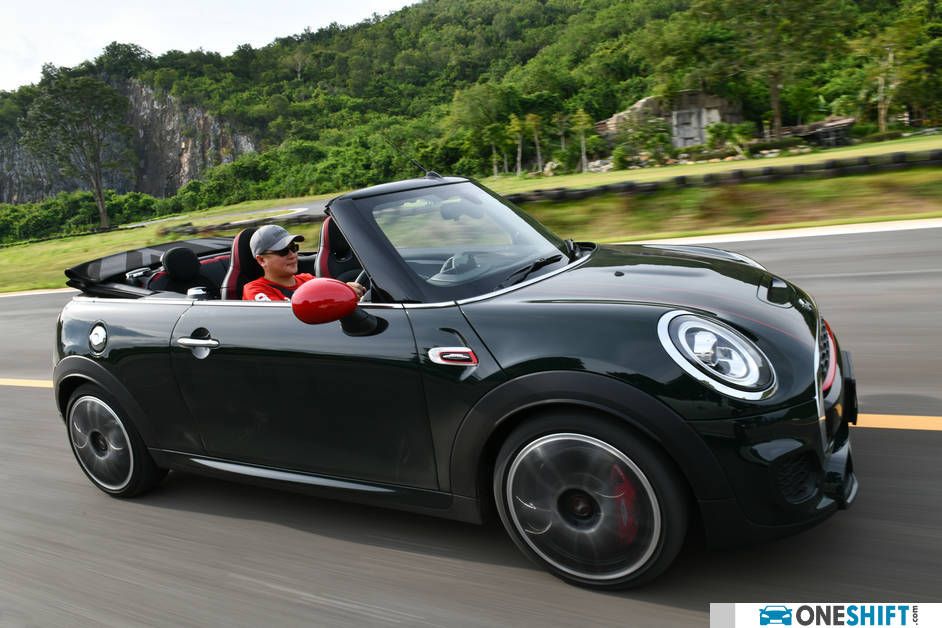
Simply raise your left hand clearly in the centre of your car, somewhere near your rear-view mirror so that the driver behind can see it.
Keep it there a couple of seconds and the gesture is most definitely appreciated.
That’s really the way to go isn’t it, if we are to make our road culture better.
I mean don’t.
Please don’t.
Although your driving instructor would have likely told you to take your time and get it right, in the real world there are consequences of blocking the road as you awkwardly manoeuvre your car into the lot.
I’ll give you an example.
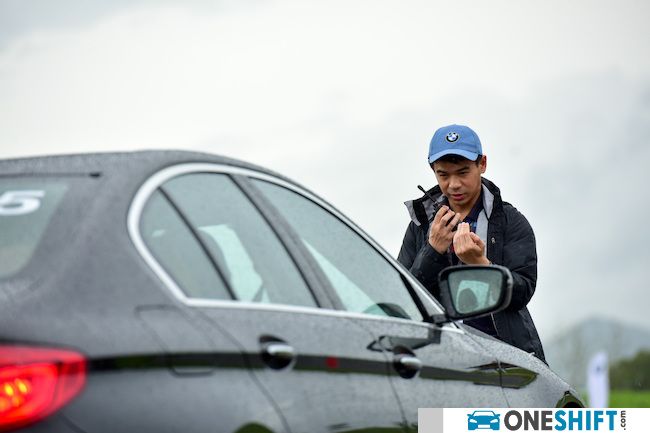
Someone is rushing out of the carpark because their parking time is up and the next hour is going to be quite costly incrementally.
If you’re happily going in and out of the lot at your own pace, you could cost someone else unnecessary money just waiting for you.
Not that it’s your problem, but hey let’s make the roads a friendlier place right?
In certain cases, if the lot is close to a carpark entrance which is itself close to the main road, you could potentially cause a back up all the way out to the main road as you try to park slowly.
Again, this is really just a matter of being considerate.
If you know you’re going to need some time to park, signal your hazard lights that you’re parking in the lot, and let everyone clear out from behind you first before you take your time to park.
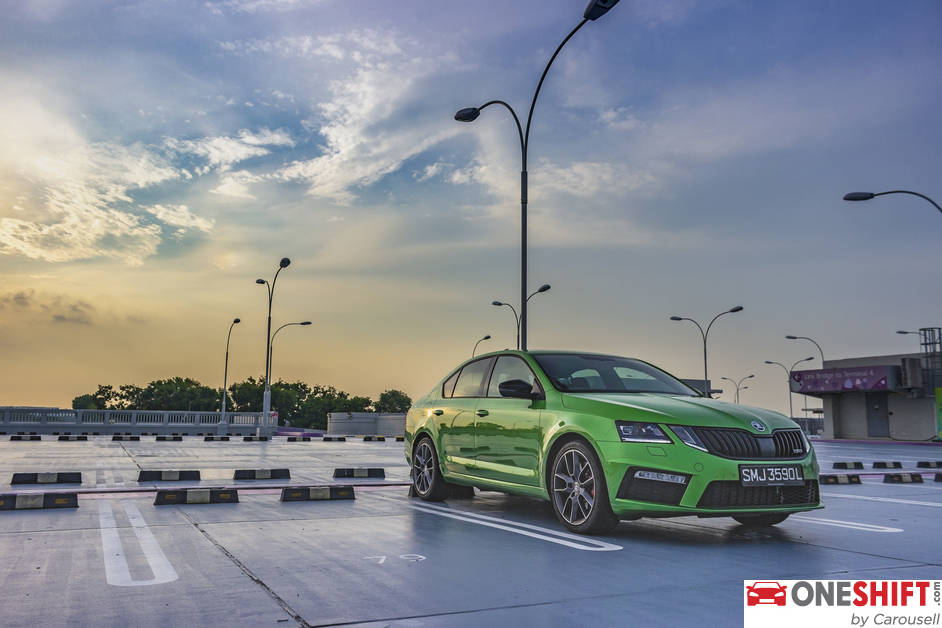
That’s a simple thing to do that will cost you nothing and keep things going smoothly for everyone else.
Credits:


Get the Best Price for your used car
from 500+ dealers in 24 hours

- Convenient and Hassle-Free
- Consumer Protection
Transparent Process
With No Obligation
